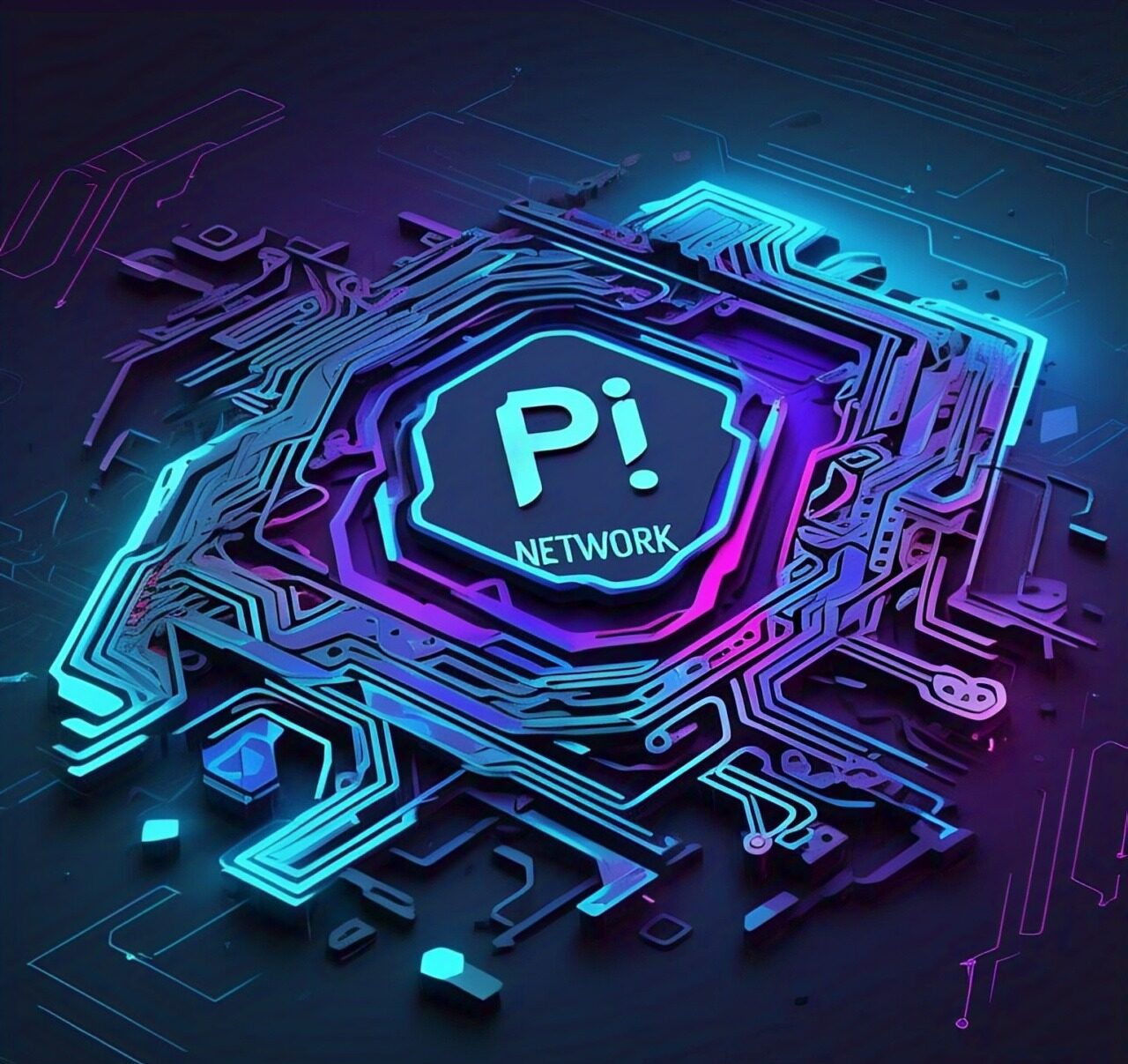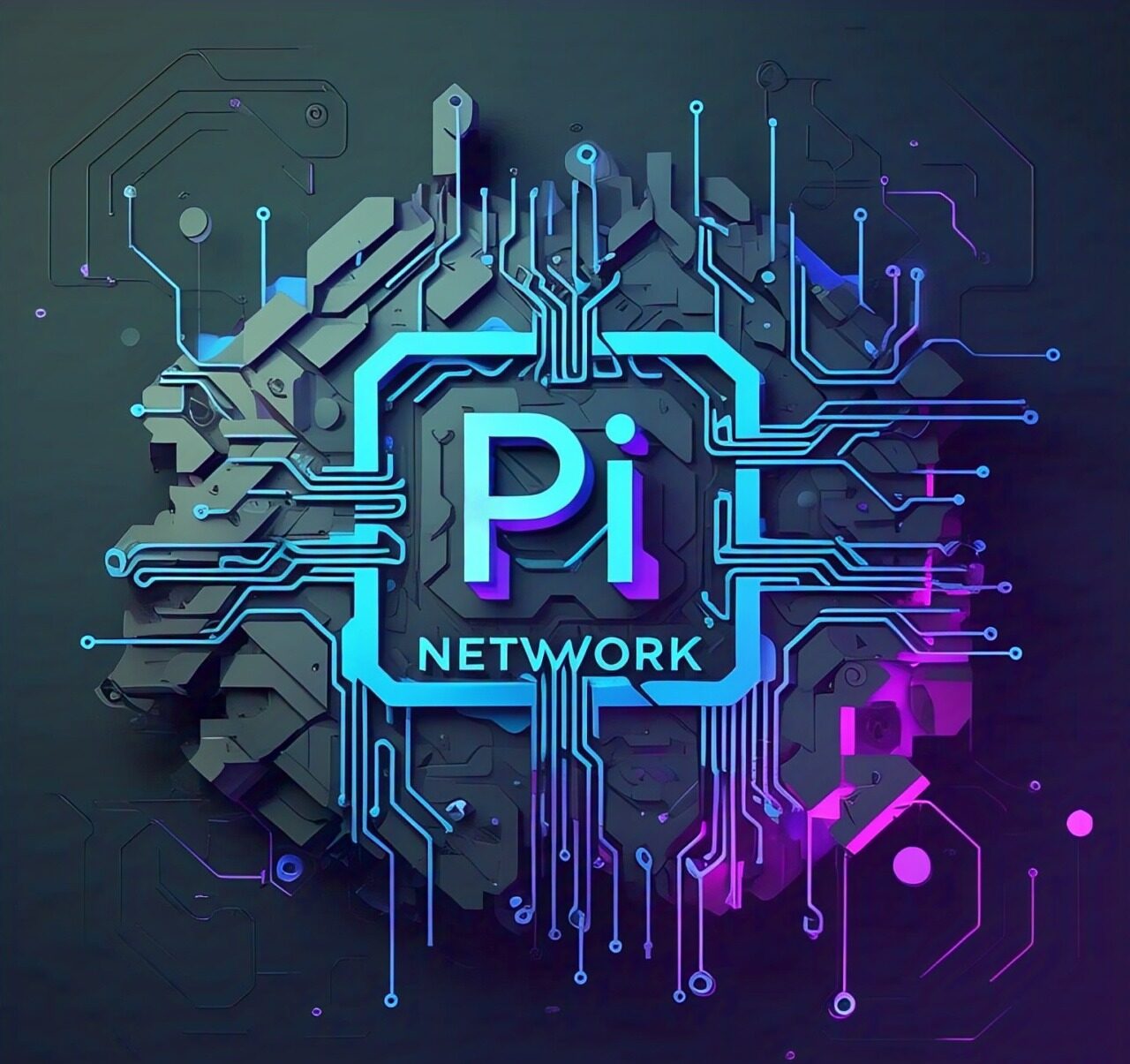Pi Network: An In-Depth Guide to the Pi Cryptocurrency
Introduction
In the constantly changing world of cryptocurrencies, Pi Network has come across as a distinctive and interesting project. As opposed to other traditional cryptocurrencies such as Bitcoin or Ethereum, which involve high computational effort and energy expenditure for mining, Pi Network intends to provide access to cryptocurrency mining for all with the help of a mobile application. This article discusses the nuances of Pi Network, touching upon its inception, technology, process of mining, potential, and challenges.
1. The Genesis of Pi Network
1.1. Founders and Vision
Pi Network was created by a group of Stanford alumni: Dr. Nicolas Kokkalis, Dr. Chengdiao Fan, and Vincent McPhillip. The initiative was initiated on March 14, 2019 (Pi Day), with the vision of developing a decentralized and inclusive digital currency that would be possible to mine on mobile phones without draining battery power or using too much energy.
1.2. The Problem Pi Seeks to Address
Conventional cryptocurrencies such as Bitcoin use Proof of Work (PoW) consensus algorithms, which are intensive in terms of computational power and energy. This has raised concerns regarding environmental sustainability and excluded the general public from mining. Pi Network aims to solve these problems by having a more energy-efficient and accessible mining process.
2. Understanding Pi Network’s Technology

2.1. Consensus Algorithm: Stellar Consensus Protocol (SCP)
Pi Network employs the Stellar Consensus Protocol (SCP), which is a consensus algorithm created by the Stellar Development Foundation. SCP adheres to a federated Byzantine agreement (FBA) model, enabling decentralized control and effective consensus without energy-consuming mining.
2.2. Security Circles and Trust Graphs
One of the interesting aspects of Pi Network is the Security Circles concept. Users can create Security Circles by inviting trusted users to their network. These circles add to the security and trust of the network. The trust graph created by these circles prevents malicious behavior and maintains the integrity of the network.
2.3. Mobile Mining
Contrary to other cryptocurrencies that use specialized hardware, Pi Network is such that it can be mined using smartphones. The mining is meant to be light, with low battery and data usage. It is a matter of opening the Pi Network app and clicking on a button to initiate the mining process.
3. The Pi Coin: Utility and Value
3.1. Current Status of Pi Coin
Up to this point, Pi coins are not tradable on public exchanges yet. The project remains in development stages, and users’ mined Pi coins are deemed “testnet” coins. The Pi Network team is already preparing to migrate to the mainnet, whereby Pi coins can be used for real-world applications.
3.2. Possible Applications
When the mainnet becomes operational, Pi coins can potentially be utilized in several ways, such as:
- Peer-to-Peer Transactions: Users can transact and transfer Pi coins for goods and services.
- In-App Purchases: Pi coins would be utilized for buying digital products and services inside the Pi Network ecosystem.
- Staking: Users will be able to stake Pi coins to receive rewards or engage in network governance.
3.3. Value Proposition
The value of Pi coins will finally be set by market demand and usage. If Pi Network manages to establish a big and active community, the demand for Pi coins may rise, and thus there may be appreciation in value. Nevertheless, as with all cryptocurrencies, Pi coins are exposed to market volatility and trading speculation.
4. The Mining Process: How to Mine Pi Coins

4.1. Getting Started
Before miners can begin to mine Pi coins, they are required to download the Pi Network app from either the official site or app store. The application is supported by both iOS and Android platforms. Once the application has been downloaded, users require an account using their phone number or Facebook login.
4.2. Mining Rate and Halving
The mining rate for Pi coins slows down with time, just like the halving mechanism of Bitcoin. The mining rate is cut back when the network achieves some thresholds in the number of active users. This is meant to build scarcity and reward early adoption.
4.3. Role of Referrals
The rate of mining can be boosted by users through inviting friends and relatives to become part of the Pi Network. The active referral boosts the overall rate of mining of the user, resulting in a network effect that promotes adoption and growth.
4.4. Security and Privacy
Pi Network prioritizes user security and privacy. The app does not collect excess personal information, and users own their data. Moreover, the use of Security Circles secures the integrity of the network.
5. The Roadmap: Past, Present, and Future
5.1. Phase 1: Design and Distribution
The initial phase of Pi Network involved protocol design and the distribution of Pi coins via mobile mining. In this phase, the network was running on a testnet, and the mined coins were not of any value in the real world.

5.2. Phase 2: Testnet and Node Deployment
During the second phase, Pi Network launched the testnet, where users could run nodes and engage in the consensus process of the network. The second phase also entailed testing the scalability and security of the network.
5.3. Phase 3: Mainnet Launch
The most eagerly awaited phase of Pi Network development is the mainnet launch. In this phase, Pi coins will be upgraded from testnet to mainnet to a fully functional cryptocurrency. The mainnet launch will further entail the launch of smart contracts and decentralized applications (dApps) on the Pi Network.
5.4. Future Developments
In the future, Pi Network will keep growing its user base and ecosystem. The team is also looking at collaborations with businesses and developers to build a healthy and sustainable economy for Pi coins. The network will also implement features such as staking, governance, and cross-chain interoperability.
6. Challenges and Criticisms

6.1. Regulatory Uncertainty
Like all cryptocurrencies, Pi Network faces regulatory demanding situations. The felony repute of Pi cash may range via jurisdiction, and the network should navigate complicated regulatory landscapes to make certain compliance.
6.2. Adoption and Network Effects
The fulfillment of Pi Network depends on its capability to attract and maintain a huge person base. While the cell mining version lowers the barrier to entry, the network need to exhibit actual-world application to drive adoption.
6.3. Security Concerns
While Pi Network has carried out several security features, the network isn’t proof against potential assaults or vulnerabilities. Ensuring the safety and integrity of the network may be crucial for its lengthy-time period fulfillment.
6.4. Competition
The cryptocurrency area is distinctly aggressive, with numerous initiatives vying for interest and adoption. Pi Network should differentiate itself from other cryptocurrencies and exhibit particular price propositions to stand out in the crowded marketplace.
7. Community and Ecosystem
7.1. Global Community
Pi Network has built a global community of customers who are actively engaged in mining and selling the community. The community plays a important position in riding adoption and supplying comments to the development group.
7.2. Developer Ecosystem
As Pi Network transitions to the mainnet, the development of decentralized applications (dApps) and smart contracts might be vital for growing a colourful surroundings. The community pursuits to draw developers by way of presenting tools and assets to construct at the Pi blockchain.

7.3. Governance and Decentralization
Pi Network is committed to decentralization and community governance. The community plans to introduce mechanisms for users to take part in selection-making methods, making sure that the community has a voice in it.